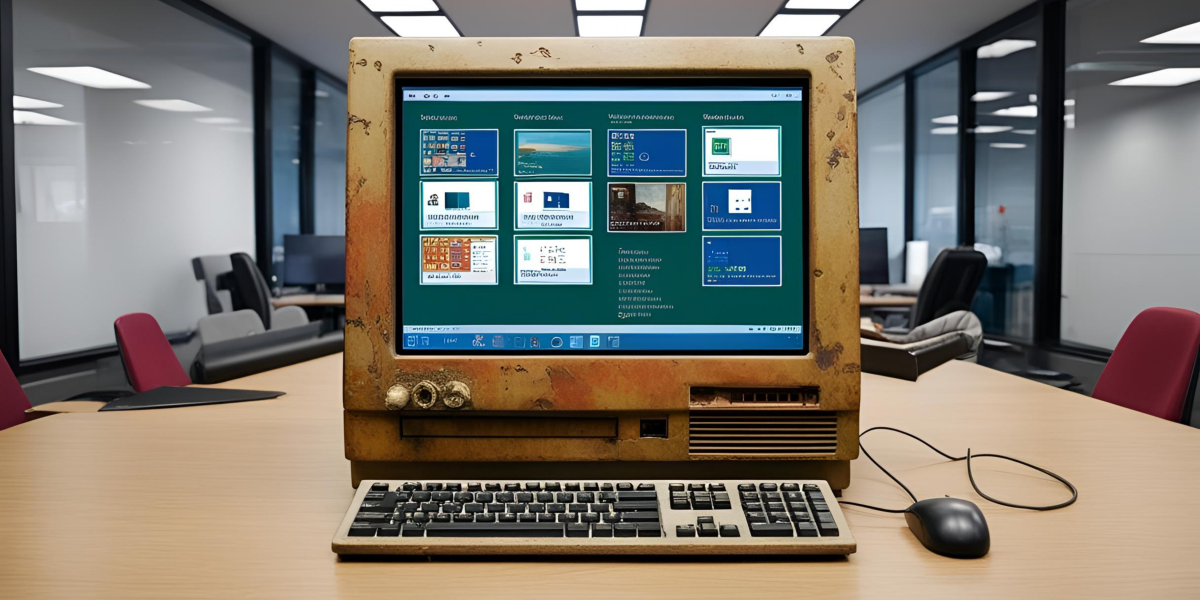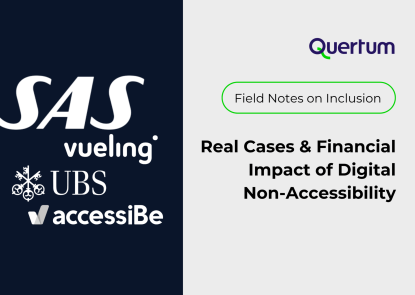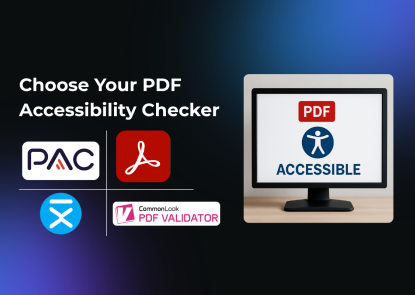How Legacy Systems Are Slowing Down Modern Business Managers
May 14, 2025

The role of a business manager today has transformed into a hybrid of strategist, analyst, and operator, all rolled into one. They’re not only keeping operations running, they’re expected to drive strategic projects, bridge gaps between teams, and turn data into actionable insights. Business managers are constantly jumping between finance, sales, supply chain matters, and people operations, trying to make sense of what’s happening across the business.
But if they’re still stuck working with legacy systems? That job becomes 10x harder than it needs to be and workload is quick as never before with facilitated day-to-day processes.
Old Tools, New Problems
We’ve seen it time and again: systems once labelled as ‘future-proof’ now block the workday. Perhaps it’s a slow ERP accessible only to the finance team, or a reporting tool that hasn’t been updated in years. In many cases, companies juggle five platforms that don’t communicate properly with each other.
As a result, more time is spent chasing data than using it. Reports are delayed, workflows are made manual and prone to error. When leadership requests insights for Monday, teams often piece spreadsheets together over the weekend.
This situation frustrates teams and creates unsustainable maintenance.
Understanding an Upcoming Strategic Risk: Outdated Systems are Not Just IT’s Problem
Too frequently, operational and business teams treat CCM systems as back-office concerns, left for IT to “eventually” sort out. Yet, business leaders feel their limitations daily by across functions. Decision-making slows down when teams can’t access performance data in real time – sales teams build forecasts on outdated figures, and managers guess inventory levels instead of knowing them. Processes follow system limits rather than team needs. For example, adjusting prices across regions typically requires manual approvals and Excel workarounds to bypass system limits. As companies scale, these inefficiencies multiply, and what worked in one market becomes a burden across five.
Meanwhile, missed opportunities pile up. One team spends hours consolidating quarterly reports while a competitor pivots strategy on live market data. As you wait for procurement data from three systems, teams may already make unnecessary purchases. These aren’t isolated cases—they’re the daily frustrations of business managers trying to lead with impact. Without visibility and flexibility, managers react to problems instead of steering the business forward. When systems dictate the pace of change, companies quietly lose agility—one of the most valuable traits in today’s environment.
Modernisation with Coffee To Go
Imagine this instead: You open one dashboard and see your key metrics, live, clean, and easy to get into. You don’t have to wait for a report or chase someone in another team for an export. Your workflows are automated where they can be, and flexible where they need to be. Your systems are connected, and so is your team.
While this may sound like the ideal scenario, we at Quertum understand that you can’t switch off legacy systems overnight. That’s why we design our approach to make change as seamless as possible. Whether you manage heavily customised platforms, fragmented infrastructure, or operations across multiple countries, we handle the complexity behind the scenes, so your teams can focus on their day-to-day. Core systems keep running while we gradually introduce modern tools with minimal disruption.
Quertum brings your data together, streamlines manual processes, and enables old and new platforms to operate side by side. No lengthy implementations, no unnecessary downtime, only smarter systems that start making everyday work easier and faster than you’d expect.
What a Better Workday Looks Like
Running a business today means balancing priorities across teams, systems, and time zones, often with limited visibility and even less time. Business managers need more than reports and tools; they need clarity, speed, and systems that support smarter decisions without adding more work.
But old systems make that mission harder than it should be.
Here’s what a modern workday should feel like:
- One clear view of the business: See revenue, stock levels, and supply chain status in real time without chasing updates from different teams.
- Approvals that keep things moving: Purchase orders, expense reports, and hiring requests go forward as soon as they meet the right criteria. No more bottlenecks.
- Issues flagged before they grow: Your system notifies you instantly about a delayed shipment or a spike in returns, so you can act early.
- Everyone working from the same numbers: With one shared dataset across teams, there’s no confusion, no mismatch in the reports, and no digging through version after version.
It’s not about having more tools. It’s about having the right ones, which make it easier to lead across functions, stay ahead of problems, and respond with confidence.
Ready to Work Smarter, Not Harder?
You don’t need to rip everything out to move forward. Legacy systems might still be part of the picture, and that’s okay. However, they shouldn’t define how your teams work today and how many challenges they need to tackle before having work done.
At Quertum, we help businesses transition from rigid, outdated systems to setups that support the way teams operate today. We customise, optimise, or build systems from scratch to fit the company. That often means untangling siloed tools, streamlining manual processes, or connecting systems that never communicated before.
Our migration services minimise disruption and make change feel manageable. Whether you manage a custom ERP, local infrastructure, or global complexity, we work alongside your teams to build bridges between old and new. This way, your business runs faster and with far fewer headaches.
Let’s talk about where your legacy systems are holding you back, and how you can seamlessly migrate from obsolete systems and platforms.
Summary
Today’s business managers juggle strategy, data, and cross-functional coordination, but legacy systems make that already demanding role even harder. Outdated tools have become the biggest blocker in the workday, leading to delays, manual fixes, and unsustainable maintenance. This isn’t just an IT inconvenience, but a strategic risk that leaves teams stuck and businesses reactive. However, it doesn’t have to stay that way. Gradual system modernisation, done in a way that doesn’t disrupt daily work, can offer a more flexible and connected way of operating. Imagine an ideal workday with real-time insights, smoother workflows, and connected teams that stay in sync and ahead of problems. Because, when systems work with you, the business moves forward – not sideways.
Let’s drive your Digital Transformation Together.
Schedule a free consultation with our team to explore how we can help you achieve your goals.


